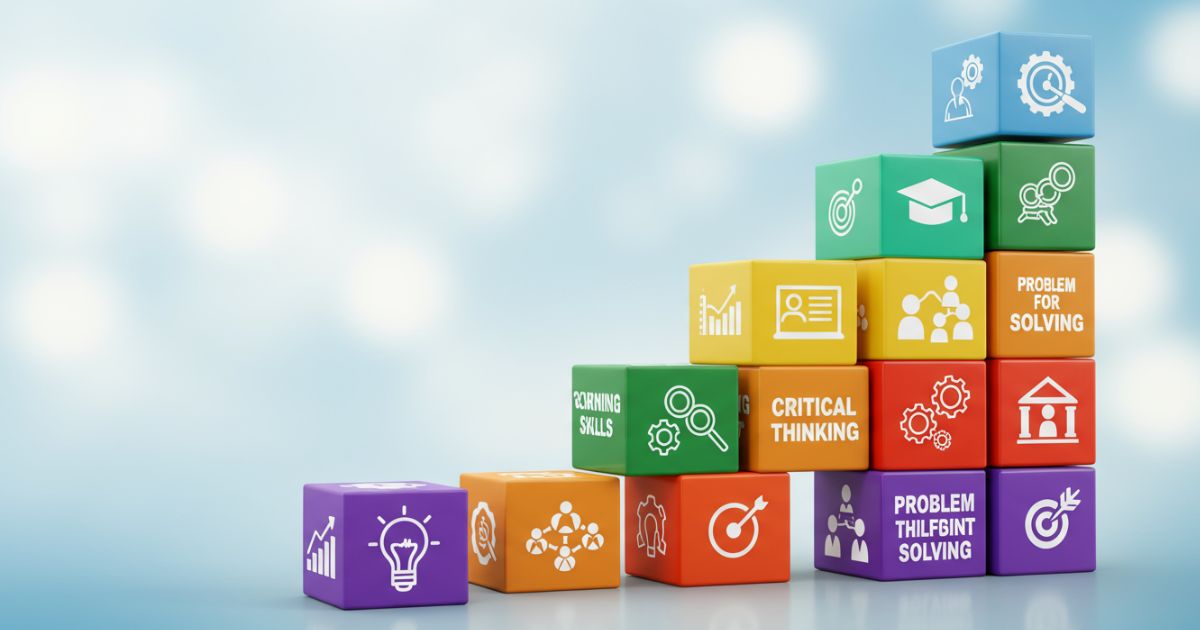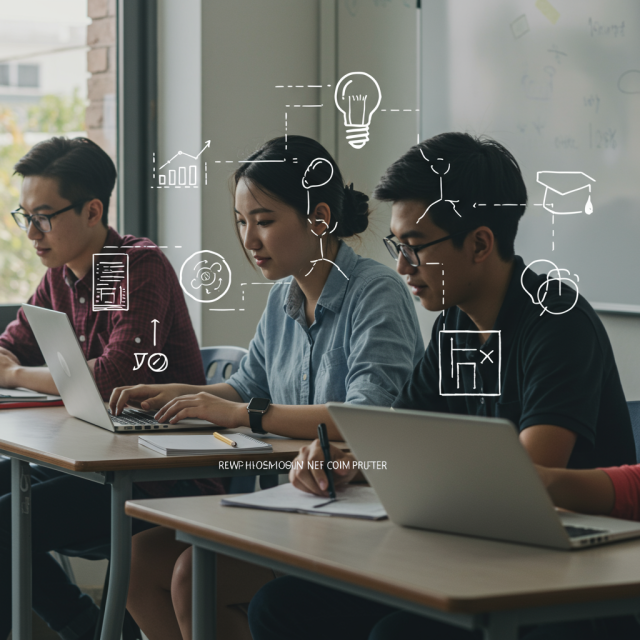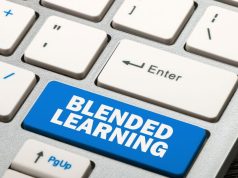In today’s fast-paced, tech-driven world, learners of all ages need innovative ways to stay focused, remember what they learn, and apply it in real life. Whether you’re a student taking online courses, a teacher designing engaging lessons, or a professional building new skills, these 10 proven strategies can help improve learning outcomes in the digital age.
Using tools like educational apps, e-learning platforms, and virtual study groups makes learning more interactive and keeps you motivated. Techniques like active learning, time management, spaced repetition, and personalized study plans help learners retain information and achieve better results.
With the right strategies and digital tools, anyone can make the most of their learning journey and succeed in today’s digital classrooms and workplaces.
1. Set Clear, Measurable Goals

Goal setting is the foundation of successful learning. Begin by defining what you want to achieve, whether it’s mastering a new software tool, improving language proficiency, or understanding a complex concept. Use the SMART framework—Specific, Measurable, Achievable, Relevant, Time-bound—to articulate your objectives. Clear goals provide direction, motivate consistent effort, and allow you to track progress over time.
2. Leverage Active Learning Techniques
Active learning engages learners in the process, making them participants rather than passive recipients. Techniques include summarizing content in your own words, teaching concepts to a peer, and creating mind maps. In digital environments, interactive quizzes, simulations, and discussion forums encourage deeper processing and long-term retention.
3. Break Content into Manageable Chunks
Cognitive load theory suggests that our working memory has limited capacity. To prevent overwhelm, divide complex subjects into smaller modules. Focus on one concept per study session, then review and integrate. Spaced repetition tools—like flashcard apps—automate review intervals, reinforcing learning at optimal moments for memory consolidation.
4. Utilize Multimedia and Multimodal Resources

People learn differently: some are visual, others auditory, or kinesthetic. Combine text-based materials with videos, podcasts, infographics, and hands-on activities to address diverse learning preferences. For instance, watch an instructional video, then read a related article, and practice with an interactive exercise. Multimodal exposure strengthens neural connections and aids comprehension.
5. Cultivate a Growth Mindset
Psychologist Carol Dweck’s research highlights the importance of a growth mindset—the belief that abilities can be developed through effort. Embrace challenges, view mistakes as learning opportunities, and persist through setbacks. Instructors can foster this attitude by praising process over innate talent: acknowledge effort, strategies, and improvement rather than merely correctness.
6. Create a Structured Environment
Whether studying at home or in a classroom, your environment affects focus. Minimize distractions by silencing notifications, organizing materials, and dedicating a specific workspace. For online learners, establish a regular schedule: set aside blocks for video lectures, readings, and practice. Consistency reinforces discipline and reduces decision fatigue.
7. Incorporate Collaborative Learning
Collaboration enhances critical thinking and communication skills. Join study groups, participate in peer-review sessions, or collaborate on projects via shared documents and video calls. Explaining ideas to others reveals gaps in understanding, while receiving diverse perspectives enriches your own insights. Technology platforms, such as virtual whiteboards and breakout rooms, make group work seamless in remote settings.
8. Practice Retrieval and Self-Testing
Retrieval practice—actively recalling information—strengthens memory more effectively than re-reading. Use flashcards, practice quizzes, or write summaries from memory to reinforce your understanding. After an online lecture, close your notes and outline key concepts. Even failed attempts at recall signal where further study is needed, guiding subsequent review sessions.
9. Apply Knowledge in Real-World Contexts
Transfer of learning occurs when you apply theoretical concepts to practical scenarios. Undertake real-world projects, case studies, or simulations related to your field. For language learners, engage in conversations with native speakers to enhance their language skills. Coding students can build small applications. Contextual application deepens understanding and builds confidence in skill use.
10. Seek Feedback and Reflect Continuously
Timely feedback identifies strengths and areas for improvement. Solicit constructive input from instructors, peers, or mentors. Reflect regularly: what strategies worked? What obstacles emerged? Keeping a learning journal allows you to track progress, refine methods, and celebrate milestones. Reflection transforms actions into sustained growth.
Conclusion
Mastering learning in the digital age requires intentional strategies that align with how the brain processes information. By setting clear goals, actively engaging, leveraging technology, and fostering collaboration, you can optimize retention and performance. To cultivate lifelong learning habits, embrace a growth mindset, apply knowledge practically, and iterate through feedback to become a more effective, lifelong learner. Start implementing these ten proven strategies today and unlock your full educational potential.







